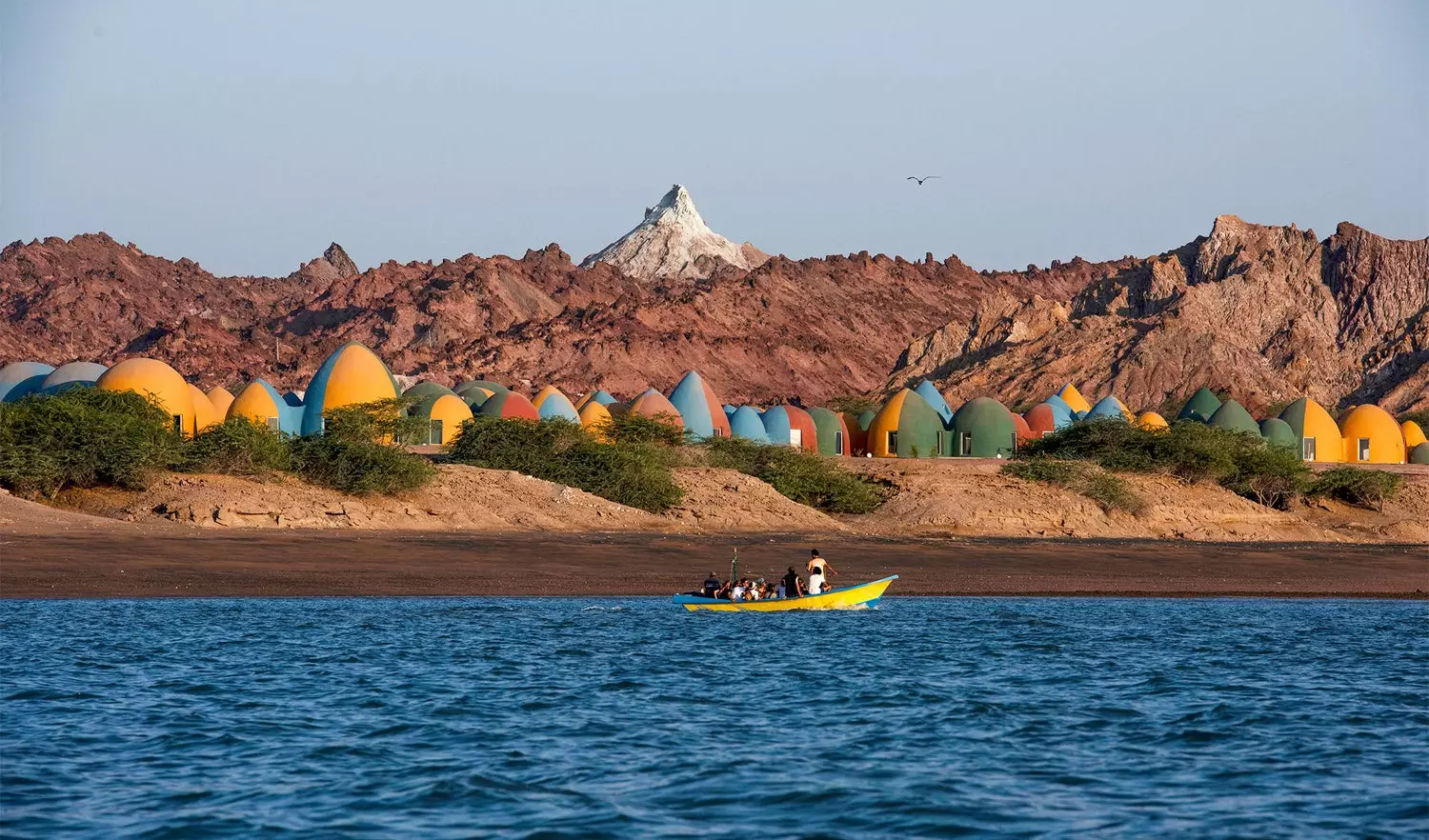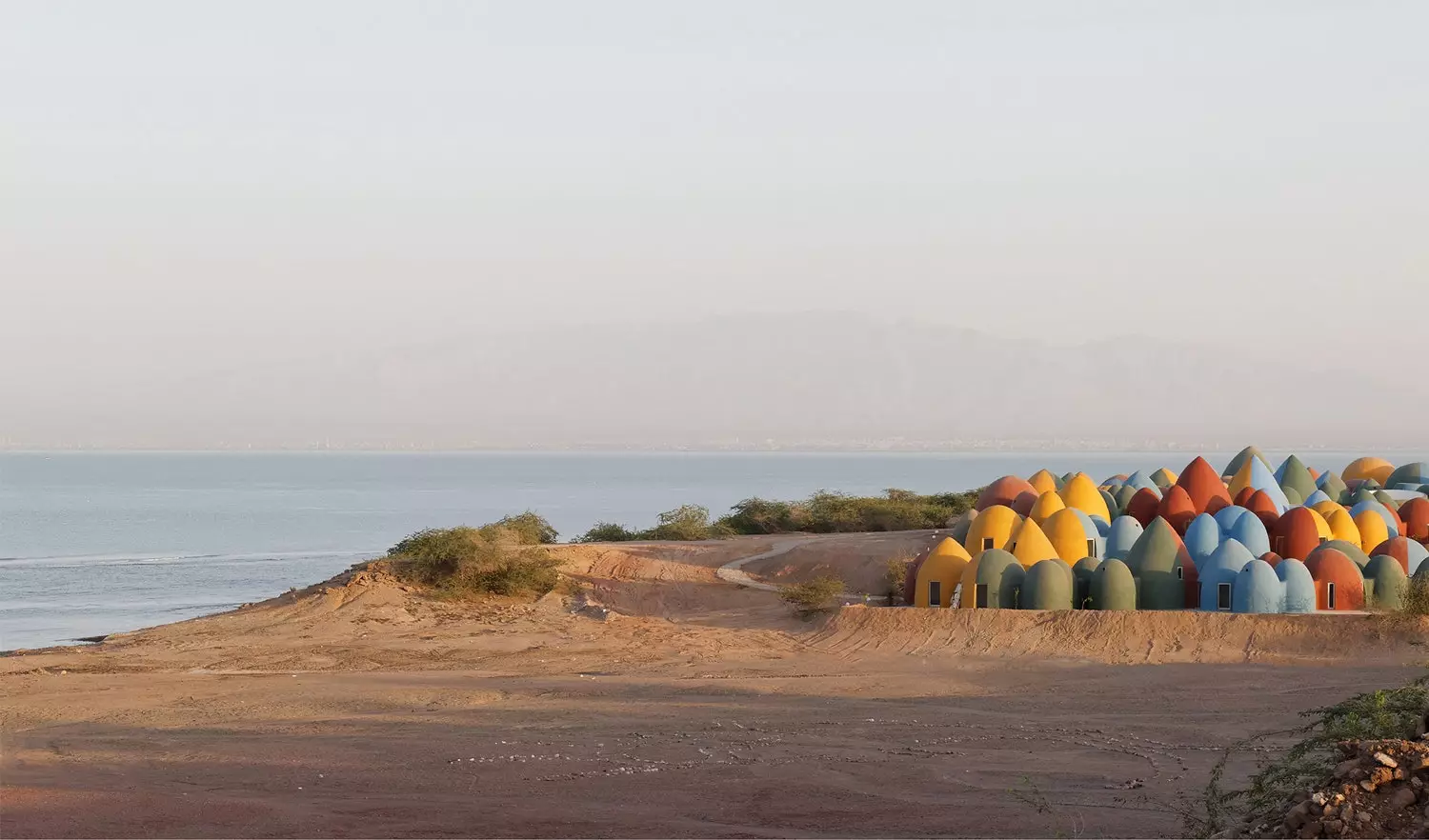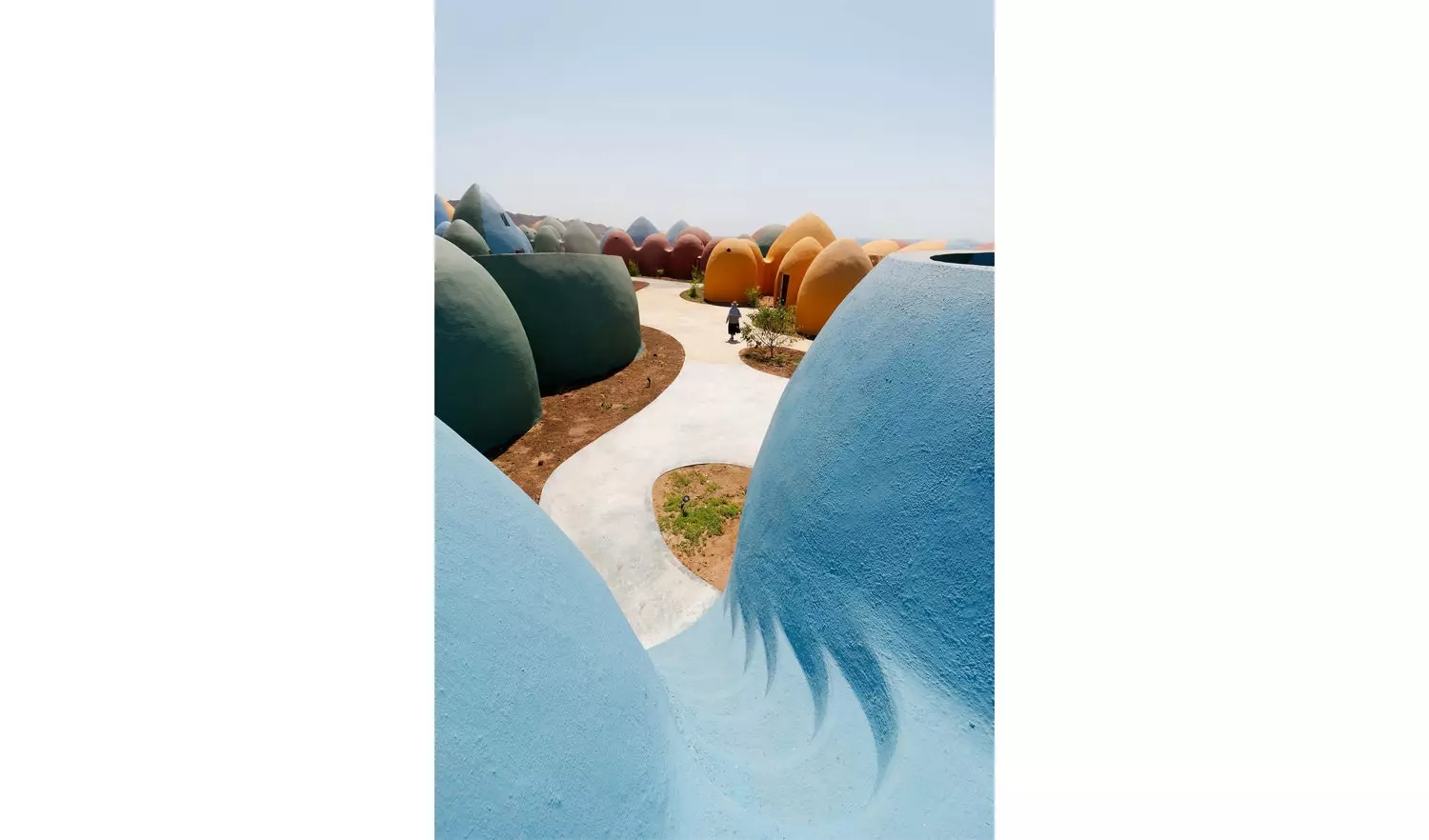Among the adobe brick houses, some large vault-shaped constructions of the same material stand out. "They are our refrigerators and water tanks" , commented humorously Amir, taxi driver, without losing sight of the road. He, one of the many locals willing to transport visitors throughout the island of hormuz for the ridiculous price of four euros -oil abounds in Iran- he still remembers, and recounts between laughs, the comings and goings of him in the past to the neighboring Oman, revelry in muscat included. “By speedboat, we barely got there in a couple of hours. we came back loaded with tobacco and clothes to sell here”.
Those were the years of smuggling between the shores of the Persian Gulf , a business of which there are still loopholes. This despite the fact that the State security forces have worked hard to put an end to this way of life to promote, in exchange, a tourist destination on the rise: that of beautiful Hormuz, a once glorious historic port , located in the strait of the same name. His surreal landscapes, with exceptional colors , have turned the eyes of all of Iran on him in recent years.

Today, Hormuz controls the shipment of oil from the Middle East , despite which its neighbors are in a financially precarious situation . With this in mind, the Iranian ZAV Architects decided to elaborate the commission to create a "cultural residence" with a clear purpose: empower the local community on the island.
Now, Majara Residence, which is what this little 'village' is called, has managed to unite the lives of locals and visitors both culturally and economically . “Architecture has the ability to be a mediator that manages to converge the interests of different groups, from the state and investors to various classes and groups of people. Majara does this by bringing together landowners from the neighboring port of Bandar Abbas, who organize an annual land art event in Hormuz, investors from the capital Tehran and the local population as partners in the same project.”

MATERIALS AND LOCAL LABOR
Majara Residence is made up of a multitude of small-scale domes -like those Amir was talking about-. Within them there are lounges, restaurants, cafes, souvenir shops, a massage area, tourist information points and a multitude of accommodations.
All these spaces have been built with the Nader Khalili's superadobe technique . The Iranian architect revolutionized the world in the 1970s by changing the skyscrapers of Tehran for research trips to the desert , moved only by one goal: empower the world's poor and refugees, getting them to build houses with the earth under their feet.

got it with a innovative and simple technique, that of the ‘superadobe ’, for which it is enough to use rammed earth and sand. “Domes are familiar structures in the region. Their small scale makes them compatible with construction skills of local artisans and unskilled workers s, which have been prepared for this project with previous smaller projects. Today are master masons trained in the superadobe technique ”, they explain from ZAV Architects.
This social project, imaginative and with showy results, has captured the attention of the whole world. So much so that he has achieved second price at the Memar Awards and the first in Taipei International Design Competition, besides having been cataloged as Construction of the year by the specialized magazine ArchDaily.
